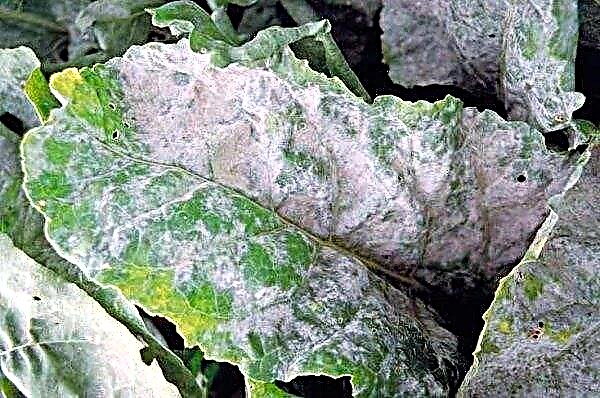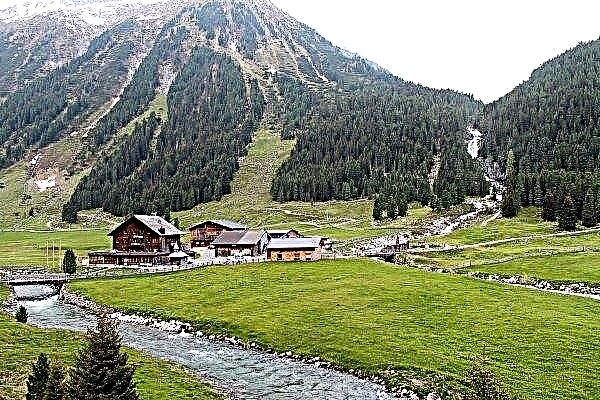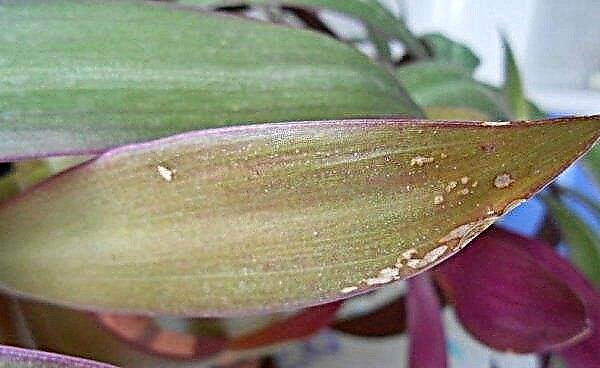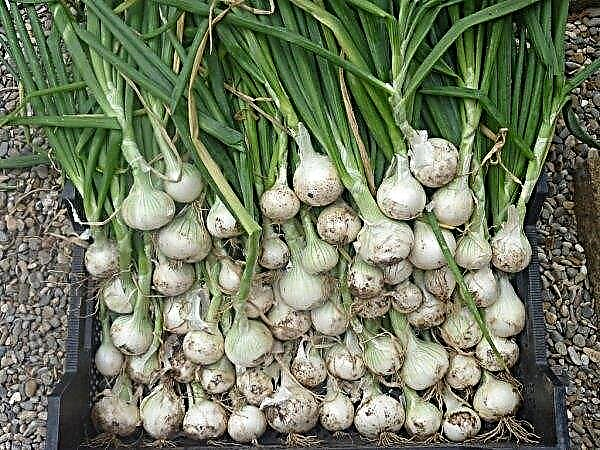Wildlife growth makes plants more resilient. But a number of research studies show that the threat of extinction looms over the wild ancestors of domesticated plants.
Their more famous descendants - cultivated plants, which are crucial in a healthy diet, are often not so hardy. Genes that make wild relatives of crops resistant can make crop plants more prepared for a harsh climate future.
Direct speech: “Wild crop relatives are one of the key tools used to grow crops adapted to hotter, colder, drier, wetter, more salty and other difficult conditions,” said Colin Khoury, a scientist at the International Center for Tropical Agriculture , or CIAT.
 The birthplace of carrots is Afghanistan, where it grows in the wild and has bright purple, white and yellow root vegetables.
The birthplace of carrots is Afghanistan, where it grows in the wild and has bright purple, white and yellow root vegetables.
According to him, they are affected by habitat destruction, over-harvesting, climate change, pollution, invasive species, etc. If urgent measures are not taken, many of them will disappear from the face of the Earth.
The attention of Khuri and his colleagues was given to wild relatives of vegetables such as chili peppers, lettuce and carrots. Their latest publication was on the distribution, conservation status, and stress resistance of wild pumpkins and the pumpkin family, namely zucchini and pumpkin. The results were published online December 10 at the Plants People Planet.
Researchers have found that many wild relatives of cultivated plants need protection and storage in gene banks for survival. They determined that more than 65% of wild pumpkins and more than 95% of wild chili peppers are not represented in any gene bank in the world.
Gene banks are storages of seeds and plant material that provide constant reproduction of new plants and allow scientists to study their often complex genetic traits.
- A quarantine organism that damages more than 250 plant species was found in the Poltava region.
- New British video about a career in agronomy and the role of plant protection.
- In the new center of Belgium, insects and plants will be examined.












